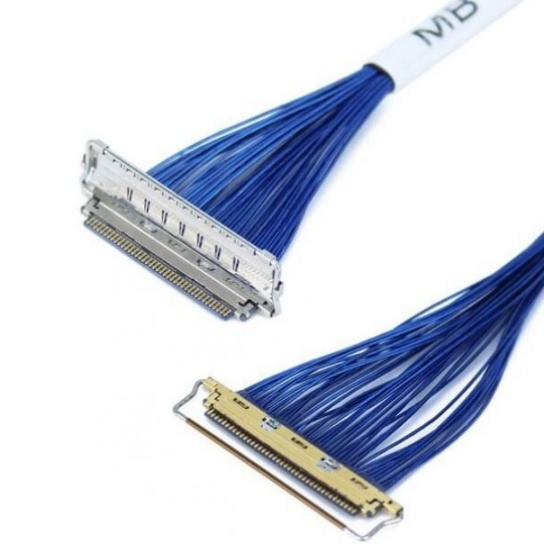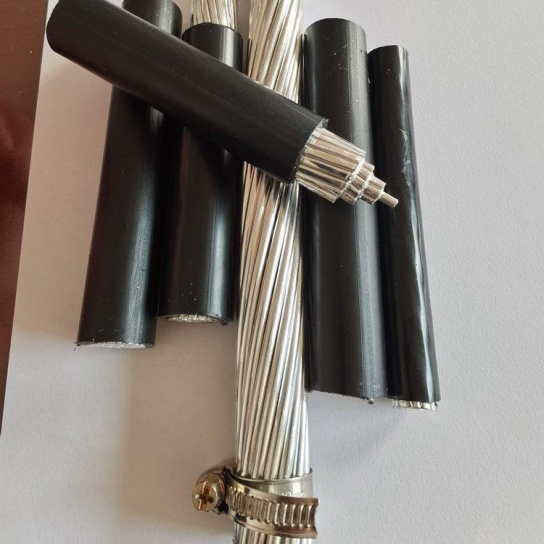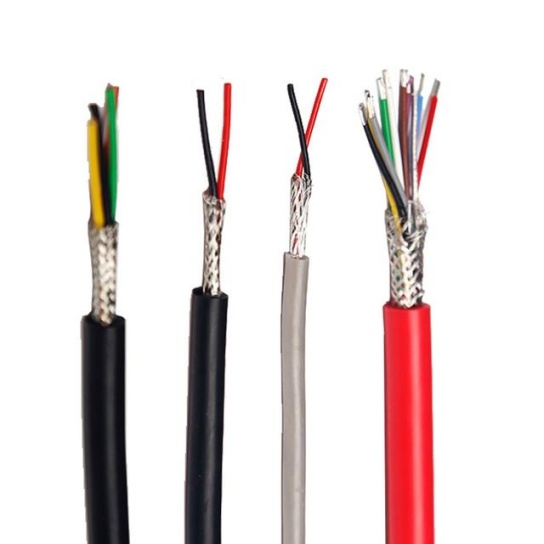How to Customize Aviation Cable for Specific Needs
Aviation cable (also known as aircraft cable, wire rope, or flexible wire rope) is incredibly versatile. While readily available in standard sizes and types, its real power comes from customization. Customizing aviation cable ensures it perfectly matches the demands of your specific application – enhancing safety, performance, and longevity. Here’s how to approach the process:
1. Define the Core Requirement: What Will It DO?
This is the absolute starting point. Clearly understanding the cable’s purpose dictates everything else.
- Is it for lifting? (e.g., stage rigging, winching, small hoists)
- Is it for pushing/pulling? (e.g., control cables in machinery, bicycle brakes)
- Is it for restraint? (e.g., safety barriers, fall arrest systems)
- Is it for tensioning? (e.g., sailboat rigging, guy wires for structures)
- Is it purely structural? (e.g., supporting frameworks, architectural elements)
2. Determine the Perfect Length: Accuracy Matters
- Measure precisely: Don’t guess! Use tape measures or calibrated tools. Account for the entire path the cable needs to take, including any pulleys or guides.
- Consider installation factors: Will you need extra length for making connections? For adjustments under tension? For future serviceability? Adding a small amount of extra length (e.g., 6-12 inches, but this varies) can be crucial, but avoid excessive slack.
- Factor in terminal fittings: Remember that fittings (like swage sleeves or wire rope clips) take up space on the ends of the cable itself.
3. Choose the Crucial End Fittings (Terminals):
This is often where customization makes the biggest difference. The fitting needs to securely attach to the cable AND interface perfectly with the connection point on your structure or device. Consider:
- Connection Point: What are you attaching TO? (e.g., a shackle pin, an eyebolt, a clevis pin, a flat mounting plate, a cable tensioner?)
- Fitting Type: Common types include:
- Eye & Eye: A loop at each end. Requires a shackle or pin at both ends.
- Stud & Eye: A threaded rod (stud) at one end, a loop (eye) at the other. Common for adjustment.
- Stud & Stud: Threaded rods at both ends, often used with turnbuckles.
- Hook & Eye: Self-explanatory; ideal for easily removable connections.
- Ferrule & Stop / Button: Used for clean ends that fit into specific clamps or tensioners (e.g., some wire rail systems).
- Specialized Fittings: Custom brackets, swaged cones for specific sockets, etc.
- Fitting Dimensions: Critical for assembly. What are the required dimensions?
- Eye diameter/shape?
- Stud thread size and length? (e.g., M8 x 1.25, 30mm long)
- Throat opening? (for hooks)
- Overall fitting length?
- Fitting Material: Typically matches the cable core material (stainless steel for stainless cable, galvanized steel for galvanized cable). Specific high-strength alloys exist for critical applications.
4. Select Cable Specifications:
- Diameter: Measured in inches or millimeters (e.g., 1/8″, 3/16″, 5/32″, 3mm, 4mm). Choose based on:
- The required strength (breaking strength – see below!)
- Compatibility with pulleys, fittings, and your hardware.
- Flexibility needs (smaller diameter = more flexible). Common diameters range from 1/16″ (1.6mm) to 3/8″ (9.5mm).
- Construction: Most common is 7×7 (7 strands, each made of 7 wires). This offers a great balance of flexibility and strength. 7×19 is even more flexible (good for lots of bending) but slightly less abrasion-resistant. 1×19 is very stiff and used more for fixed structures.
- Material: Crucial for environment and strength.
- Galvanized Steel (Coated): Economical, good general-purpose strength. Resists rust initially, but coating can wear/scratch. Best for indoor or protected dry environments. Corrosion resistance is moderate.
- Stainless Steel (304 or 316): Excellent corrosion resistance and high strength. Ideal for outdoor use (rain, humidity), marine environments (salt spray), food processing, or chemically aggressive atmospheres.
- 304 (A2) Stainless: Most common type, good general corrosion resistance.
- 316 (A4) Stainless: Superior corrosion resistance, especially to salts/chemicals, ideal for marine use.
- Strength (Breaking Strength / SWL):
- Know the minimum breaking strength required for your application. This is the force at which the cable is expected to fail.
- Apply an appropriate safety factor: NEVER operate at loads near the breaking strength. Safety factors (e.g., 5:1, 7:1, even 10:1 for critical lifting) are used to derive the Safe Working Load Limit (SWL). SWL = Minimum Breaking Strength / Safety Factor. Discuss safety factors with professionals based on application risk! Always specify if you need a certified breaking strength.
5. Consider Adding a Protective Jacket:
A coating applied over the cable core.
- Why use it? Protects the cable from abrasion, weather, chemicals, UV rays, and minimizes kinking. It also makes handling smoother and less likely to snag. Important for cables running through guides or in dirty/wet environments.
- Materials: PVC (Vinyl) is most common (cheaper, flexible). Nylon is tougher and more abrasion-resistant but slightly stiffer. Specialized jackets exist (e.g., Teflon for high heat/chemicals).
- Colors: Often available (Black, White, Red, Yellow etc.) for visibility, identification, or aesthetics.
6. Think About Identification:
- Colored Jacket: Simplest method (see above).
- Color-Coded End Fittings: Fittings plated or painted specific colors.
- Tags/Labels: Small durable tags crimped onto the cable itself near the end.
7. Specify Any Certification or Documentation Needs:
- Do you require proof of the cable’s breaking strength? (Test certificates)
- Does your industry require specific certifications? (e.g., theatrical rigging, marine)?
- Ask if your supplier provides material certification for stainless steel grades.
Putting It All Together: The Customization Process
- Gather Your Specs: Be ready to communicate all the choices above clearly to the supplier/manufacturer:
- Application (e.g., stage rigging, boat lifeline)
- Length
- Fitting Type A (with dimensions/material)
- Fitting Type B (with dimensions/material)
- Cable Diameter
- Cable Construction (7×7, 7×19 etc.)
- Cable Material (Galvanized, 304SS, 316SS)
- Required Minimum Breaking Strength or SWL (Specify which!)
- Jacket Requirement? (Material/Color)
- Identification Needs?
- Certification/Documentation Needs?
- Consult the Experts: Reputable aviation cable suppliers are invaluable. Discuss your application specifics, especially safety-critical aspects (lifting, restraints) or harsh environments (marine). They can advise on suitable materials, safety factors, fitting options, and identify potential issues.
- Review and Order: Ensure the final quote/order details match all your specifications precisely before production begins.
- Quality Check: Upon receipt, inspect the cable and fittings. Check dimensions, confirm material markings (if applicable), ensure end fittings look properly swaged/crimped/assembled, and verify any documentation provided.
Key Takeaway:
Customizing aviation cable isn’t complicated when you break down the essential elements: application, length, end fittings, cable specs, protection (jacket), and identification. By clearly defining each requirement and collaborating with a knowledgeable supplier, you gain a solution perfectly tailored to your unique needs, ensuring reliable and safe performance. Always prioritize safety factors, especially for any application involving lifting, support, or human safety.






